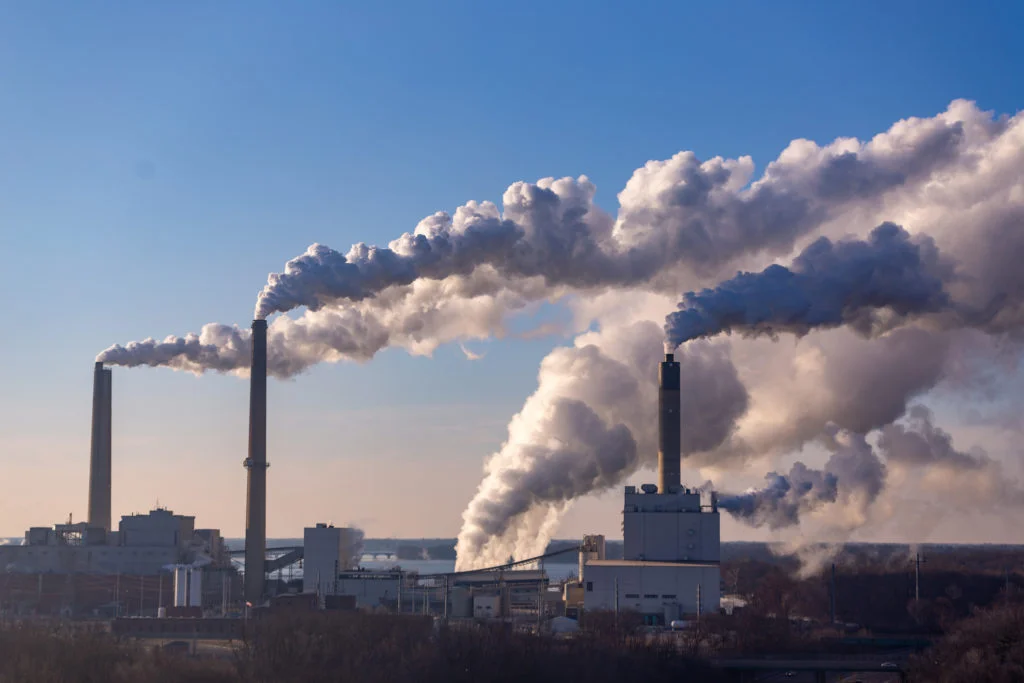The role of fly ash in air pollution control

Air pollution is one of the major global problems today, posing a serious threat to human health and the ecological environment. In the control of air pollution, fly ash, as a by-product in the coal burning process, has important potential and application value. This article will focus on the role of fly ash in air pollution control, introducing it in detail from the aspects of emission reduction, desulfurization, particulate matter capture and comprehensive resource utilization, aiming to provide new ideas and technical support for air pollution control.
1. Source and characteristics of fly ash
Fly ash is a solid waste produced during the coal burning process. It has the characteristics of fine particles, large specific surface area and chemical activity. Its main components include silicon, aluminum, iron, calcium and other elements, and has high adsorption capacity and catalytic activity.
2. The role of fly ash in reducing air pollutant emissions
Research shows that fly ash can capture and adsorb pollutants such as particulate matter, harmful gases and heavy metals in the atmosphere during the coal combustion process. Compared with traditional air pollutant emission reduction technologies, fly ash has the advantages of low cost and resource availability, and can be used as an effective treatment method.
3. Application of fly ash in atmospheric desulfurization
Fly ash can effectively remove sulfur dioxide produced during coal combustion through dry desulfurization technology. This method achieves the conversion and removal of sulfur dioxide by catalytically converting metal oxides in fly ash into soluble substances such as sulfates, and has the advantages of green environmental protection and comprehensive utilization of resources.
4. Comprehensive utilization of fly ash resources
Fly ash is widely used in the building materials, cement and concrete industries. By adding an appropriate amount of fly ash, it can not only improve the strength and stability of the material, but also reduce dependence on traditional resources and reduce environmental pollution. In addition, fly ash can also be used in agriculture and soil improvement, improving soil fertility and reducing the use of chemical fertilizers, and promoting sustainable agricultural development.
The role of fly ash in air pollution control cannot be ignored. Through emission reduction, desulfurization, particulate matter capture and comprehensive utilization of resources, fly ash provides an economical and feasible solution for air pollution control. However, research and technological innovation need to be further strengthened to promote the widespread application of fly ash in air pollution control
